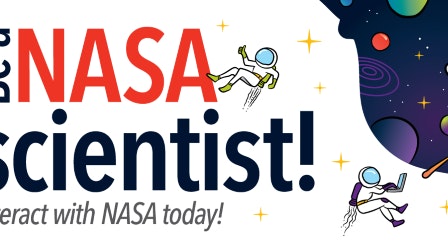Homepage
•
Learning Library
•
Blog
•
NASA Resources: A Universe of Learning at Your Fingertips
Expand breadcrumbs
Expand breadcrumbs
- Learning Library
- Blog
- NASA Resources: A Universe of Learning at Your Fingertips
- Homepage
- •
- Learning Library
- •
- Blog
- •
- NASA Resources: A Universe of Learning at Your Fingertips
NASA Resources: A Universe of Learning at Your Fingertips
By Jerry Fingal
December 21, 2020








